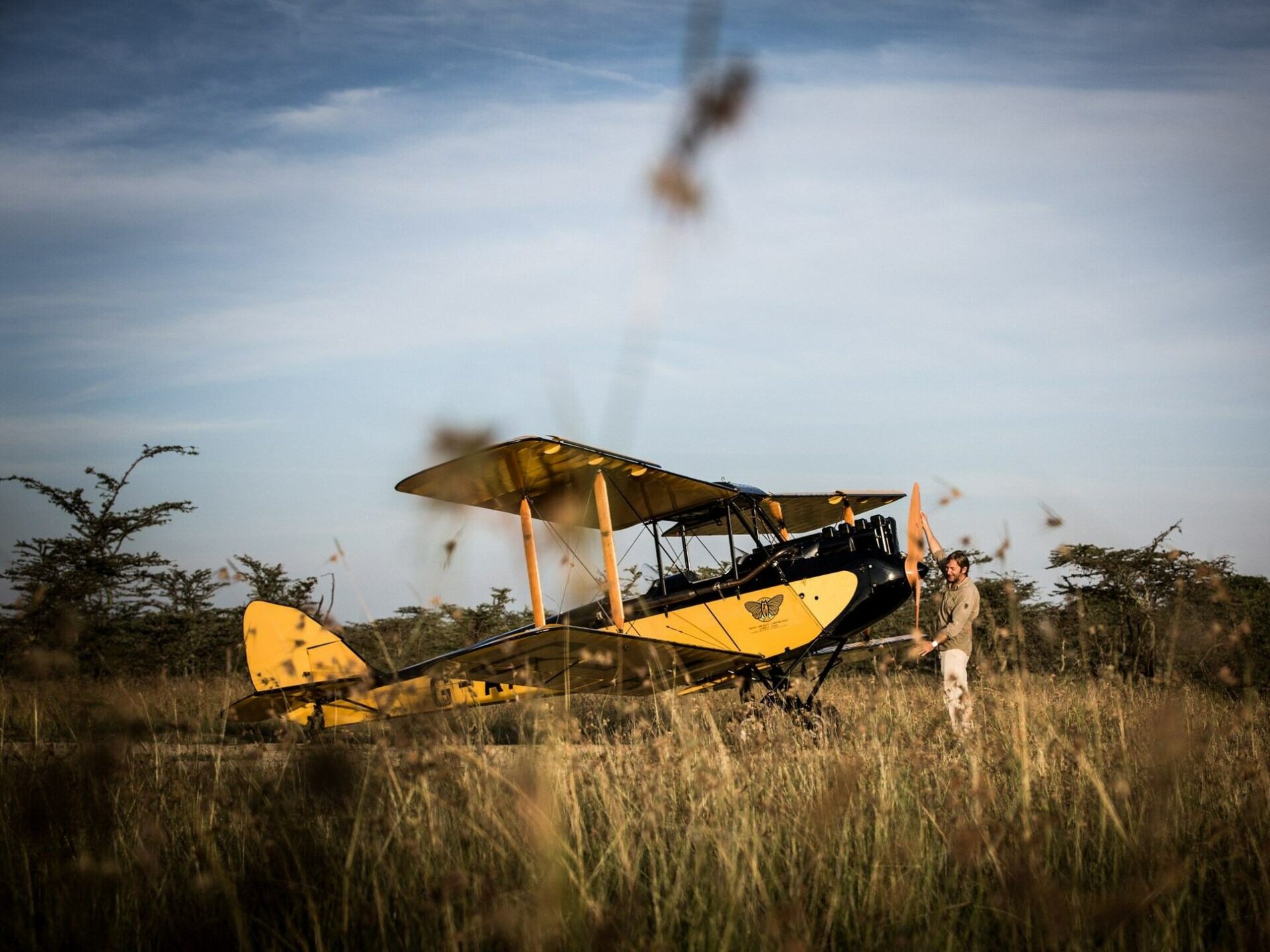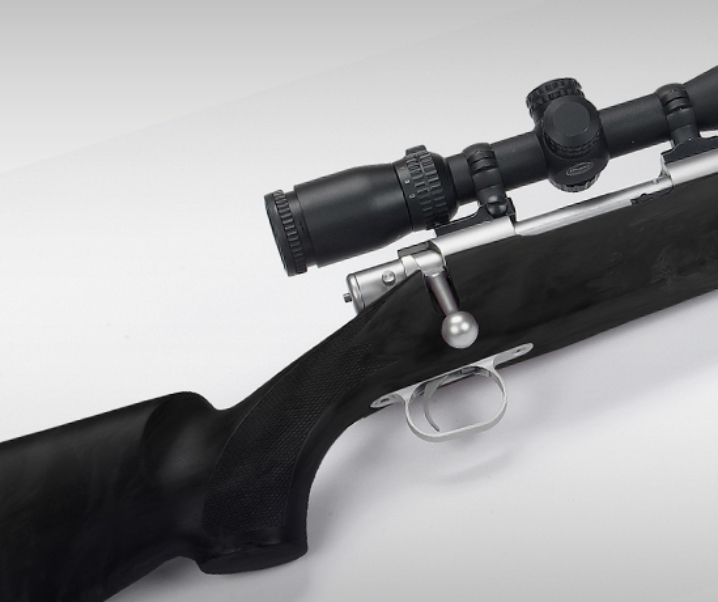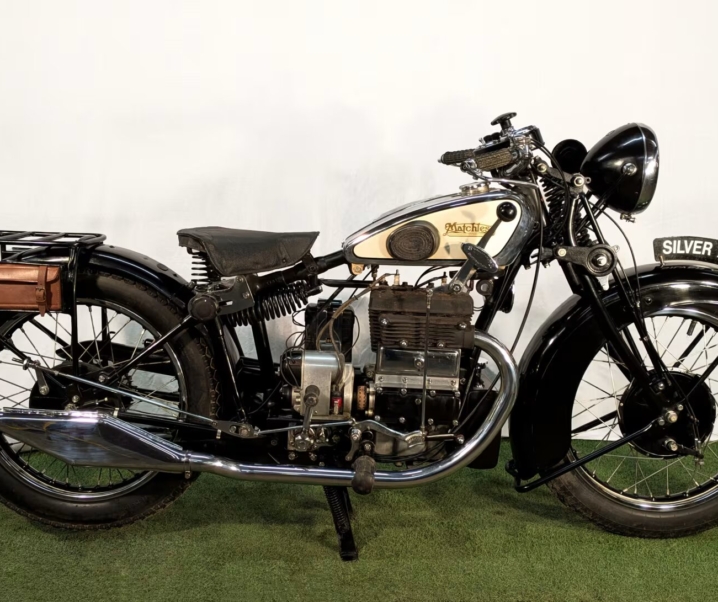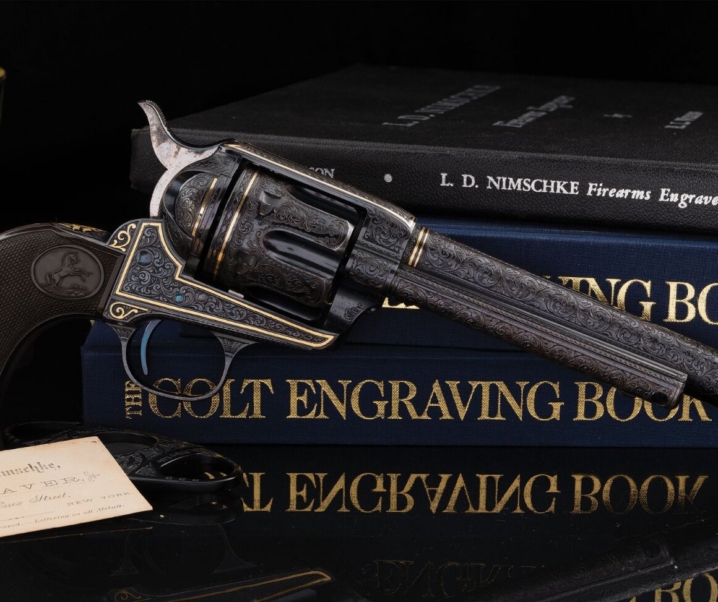The movie “Out of Africa” stands out as one of Hollywood’s most outstanding creations. Meryl Streep and Robert Redford’s portrayals of Karen Blixen and Denys Finch Hatton were superb, and John Barry’s music was stunning. But the unsung hero of the iconic scene in which Denys Finch Hatton takes Karen Blixen for a flight in his newly acquired biplane is the aircraft itself: a 1929 de Havilland Gipsy Moth.
Fast Facts
- The Moth light aircraft was designed by Geoffrey de Havilland and made its maiden flight in 1925.
- The first Moth aircraft were powered by a Cirrus engine and referred to as a Cirrus Moth.
- De Havilland moved to improve on the engine and created their own Gipsy engine which they could manufacture in their workshop, meaning they could create the whole aircraft in their production facility.
- Moths equipped with the Gipsy engine were called Gipsy Moths.
- The biplane used in the movie “Out of Africa” was a 1929 Gipsy Moth and it is coming up for sale by RM Sotheby’s at their Miami auction on Saturday, 2 March 2024.
The film “Out of Africa” was an extraordinary blending of John Barry’s unforgettable music set against outstanding cinematography of the African Rift Valley. The actors, starring Meryl Streep and Robert Redford, were provided with the best possible environment with which to create an immersive experience for their audience: and unlike so many movies, the production team even managed to get the rifles mostly right, an uncommon attention to detail among movie makers.
The most unforgettable part of the movie was, I think, the scene in which Denys Finch Hatton takes Karen Blixen on a flight in his newly acquired De Havilland Gypsy Moth biplane. To the tune of the music of John Barry the flight creates an atmosphere in which Denys and Karen are lifted above and away from their troubled lives on earth, and gifted with rising out of their worries and the darkness of the world into the most glorious flight away from it all.
(Movie clip courtesy Universal Pictures)
If you’ve ever had the experience of flying in an open biplane such as a Gypsy Moth you will appreciate just how unique an experience it is.
For those who have not, if you can imagine an experience of being in an open top classic sports car, but instead of being stuck on the road you lift off from the earth and soar into the sky, then you have a glimpse of what the Gypsy Moth experience is like.
Just as being in an open top sports car, or being on a motorcycle, gives you a connection with your environment, so the Gypsy Moth does that on steroids: it literally takes you up-up-and-away and presents you with a world that you are at once high above and yet very much a part of.
Not only is it good news for many that they may have an opportunity to acquire this iconic aircraft, but it is also good news that proceeds from the sale are earmarked to go towards the creation of a new rhinoceros sanctuary in Central Africa.
The story of the De Havilland Moth began in 1925 when De Havilland created their DH.60 Moth, a scaled down version of their DH.51 biplane. The aircraft was designed by Geoffrey de Havilland who made the first flight in a DH.60 on 22nd February 1925.
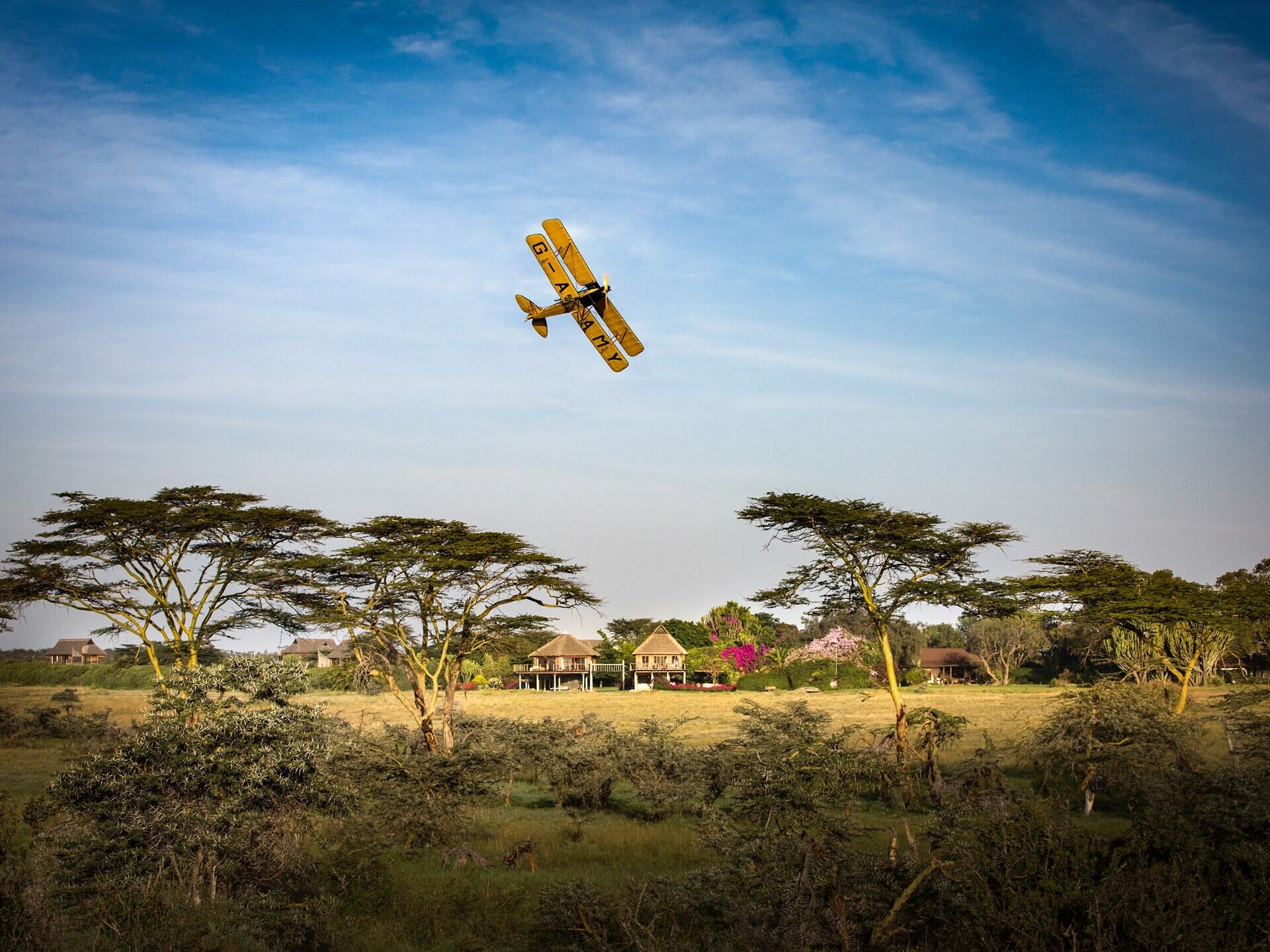
That first Moth was built on a wood frame with fabric covering as was the norm back in those early days of aviation. I remember when as a child I first encountered a Battle of Britain veteran Hurricane at a Biggin Hill air show, and being surprised that it had sections that were covered in treated fabric.
The DH.60 featured plywood surfaces on the fuselage and fabric covered wooden frame for the wings. It was powered by an ADC Cirrus engine and would come to be referred to as a “Cirrus Moth”.
Geoffrey de Havilland had the foresight in designing the Moth to give it folding wings so it could be relatively easily transported by road, rail or ship, and stored conveniently.
The Moth became an overnight success. Geoffrey de Havilland had understood his market and created his two-seater biplane to be a perfect fit for flying schools, both civilian and the Ministry of Defence, and for recreation.
That post World War I environment was a time when flying had become popular and there were stunt flying teams and “wing-walker” shows appearing in many places.
This was also a time when the military were beginning to think that they were going to need people trained and experienced to fly and maintain aircraft: many could see that a future war would be dependent on gaining superiority in the sky – something that would be proved to be true during the Second World War Battle of Britain in 1940, just fifteen years after the Moth made its maiden flight.

Development of the Moth continued, and a sea-plane version was created. The engine type was changed, and power was increased to improve the Moth’s performance and versatility.
Geoffrey de Havilland moved to use a newer engine in the Moth moving from the Cirrus Hermes to the Armstrong Siddley Genet and then to their own de Havilland Gipsy engine which they manufactured in-house meaning that the whole aircraft, frame and engine, were all made in de Havilland’s workshop.
It was in the late 1920’s that de Havilland changed from a wood frame to a metal frame for the Moth, increasing its durability.
The DH.60GM Gipsy Moth G-AAMY that starred in “Out of Africa” is a 1929 made aircraft and has the metal frame. It was acquired by de Havilland Moth aficionado and historian, Roger Fiennes in 1980.
By the time of the filming of “Out of Africa” the Gipsy Moth was fitted with a Gipsy II engine developing 135hp which drove a propeller made by Hercules to an original design.
After the filming in the early 1990’s Roger Fiennes passed the Gipsy Moth onto automobile collector Evert Louwman who maintained it in excellent condition. using the services of Henry Labouchere, a well known and respected expert on the Gipsy Moth.
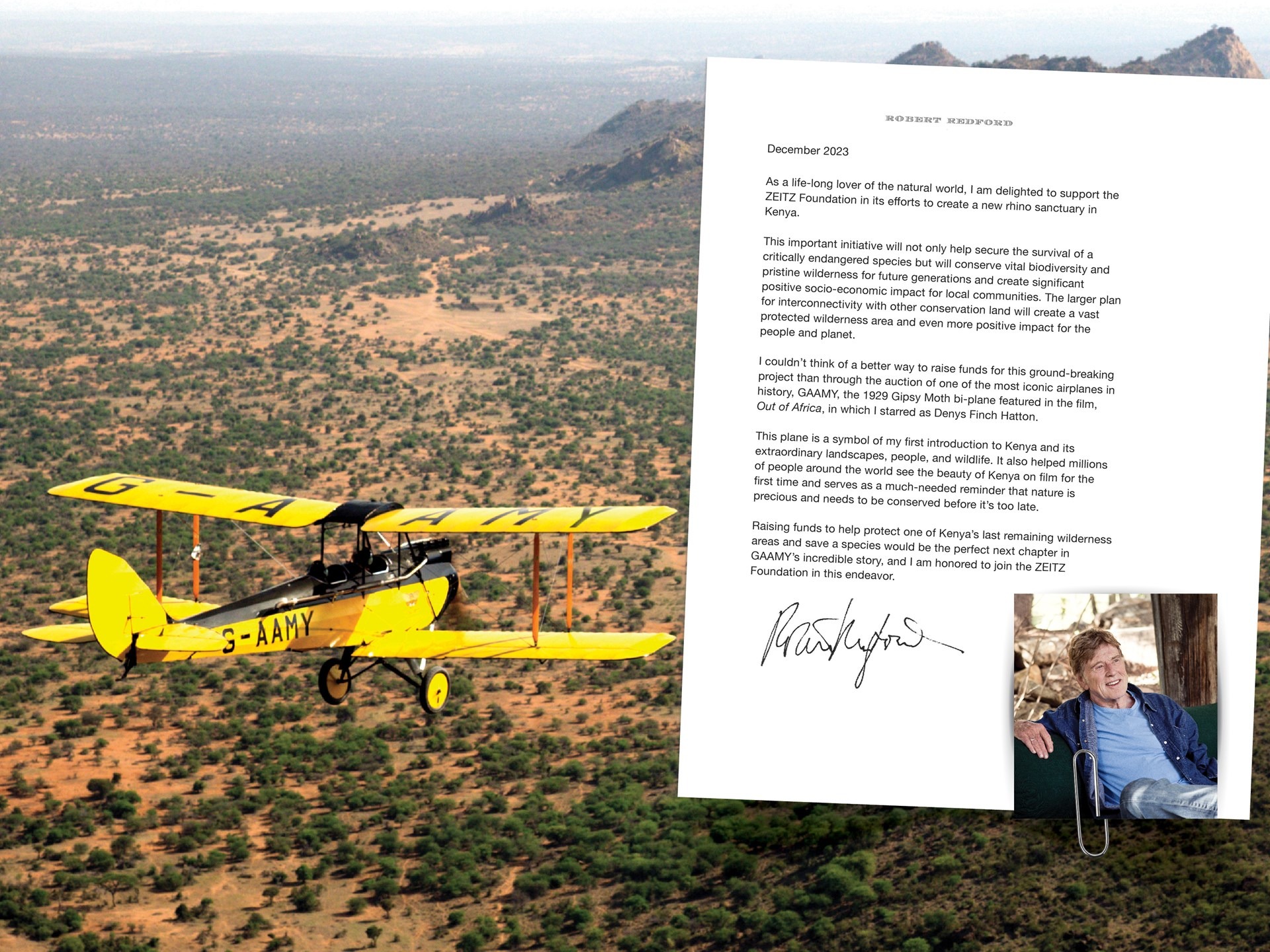
The aircraft comes with a letter of support for the sale from Robert Redford noting that 100% of the hammer price will go towards the formation of the rhino sanctuary.
If you are interested in finding out about this aircraft you will find the RM Sotheby’s sale page here.
Picture Credits: All pictures of Gipsy Moth G-AAMY courtesy David Crookes @ RM Sotheby’s.

Jon Branch is the founder and senior editor of Revivaler and has written a significant number of articles for various publications including official Buying Guides for eBay, classic car articles for Hagerty, magazine articles for both the Australian Shooters Journal and the Australian Shooter, and he’s a long time contributor to Silodrome.
Jon has done radio, television, magazine and newspaper interviews on various issues, and has traveled extensively, having lived in Britain, Australia, China and Hong Kong. His travels have taken him to Indonesia, Israel, Italy, Japan and a number of other countries. He has studied the Japanese sword arts and has a long history of involvement in the shooting sports, which has included authoring submissions to government on various firearms related issues and assisting in the design and establishment of shooting ranges.

